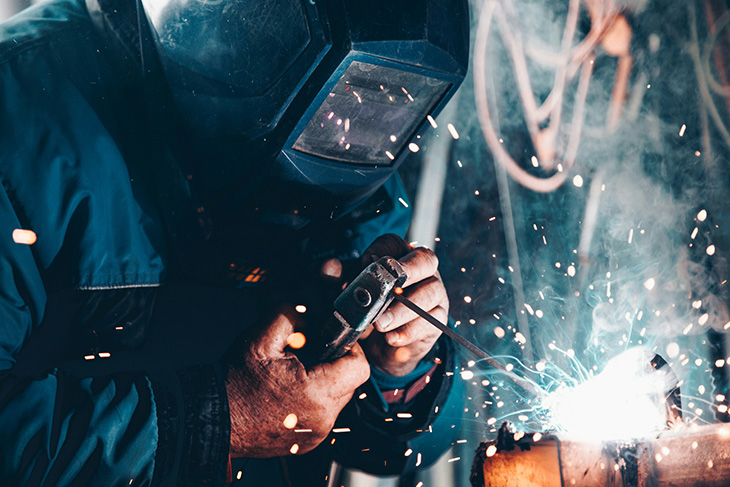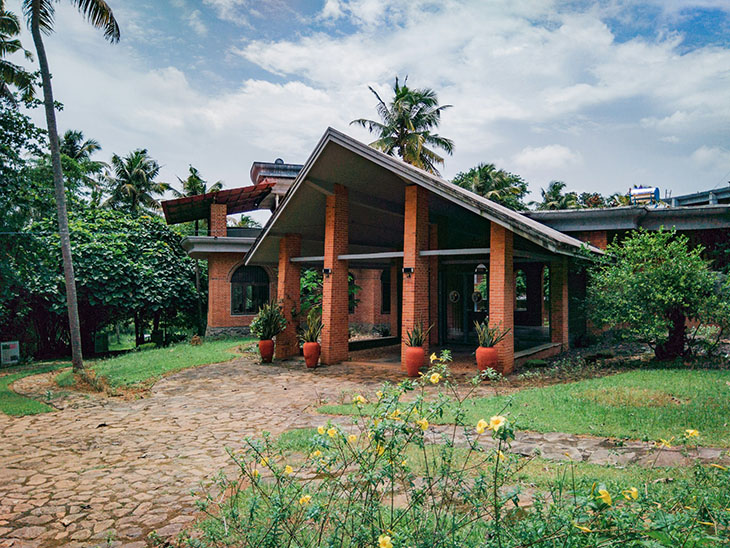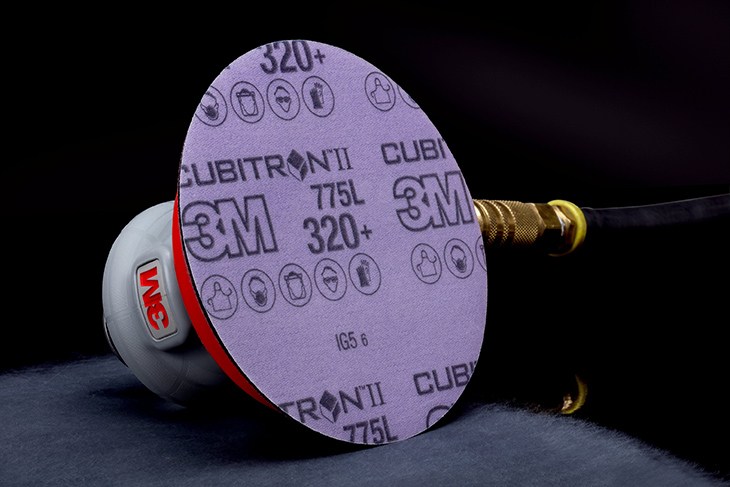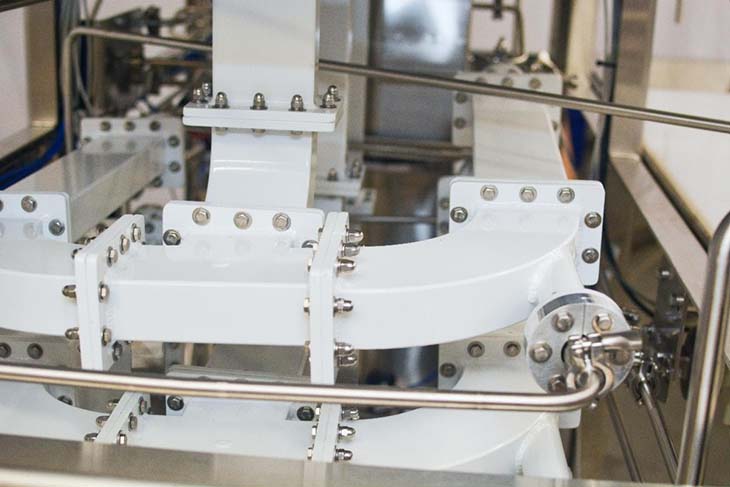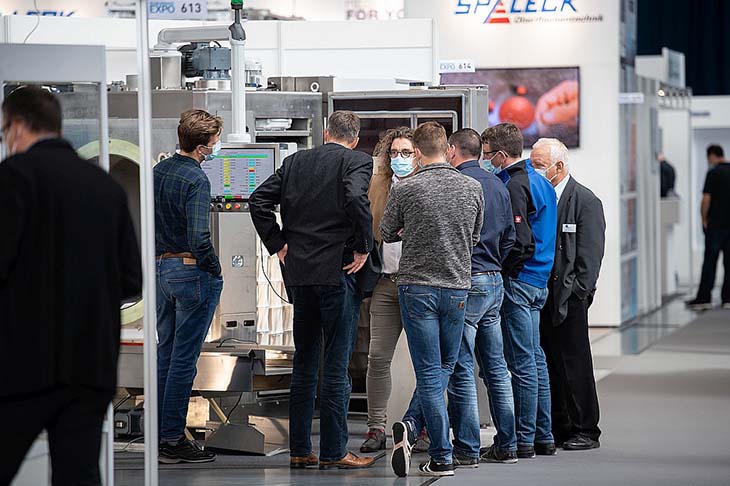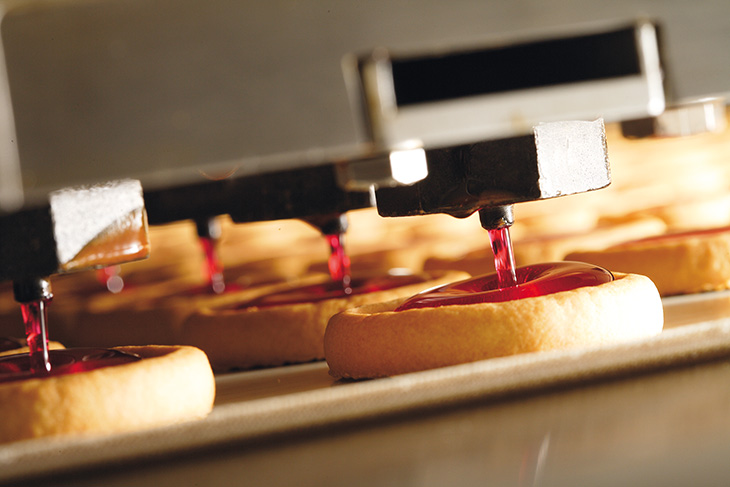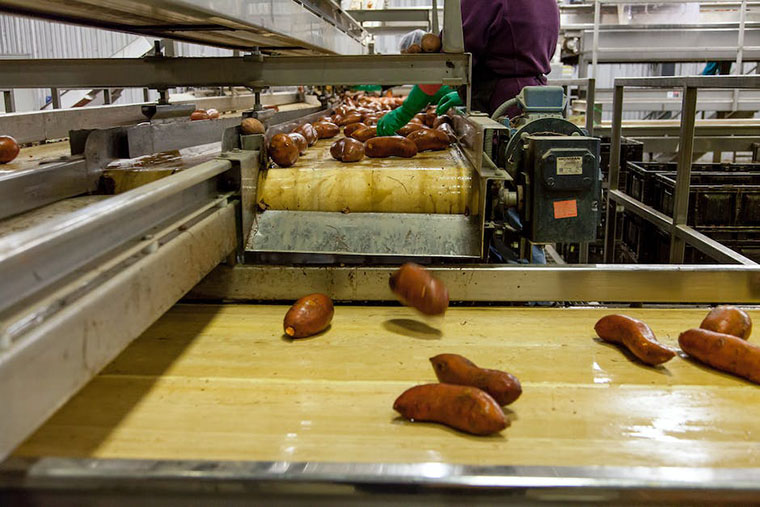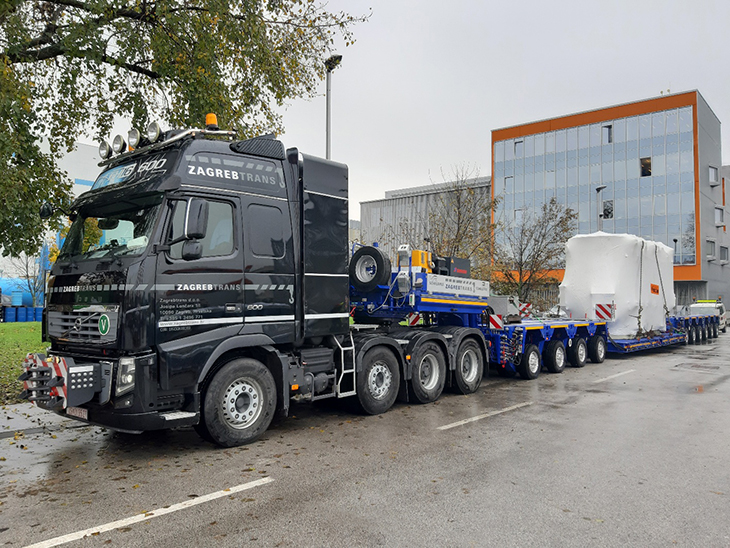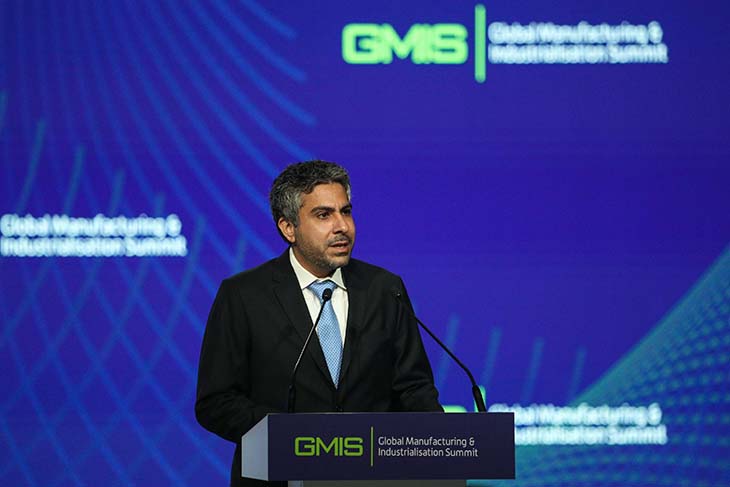Welding requires monumental energy consumption and creates toxic, metal fumes. Copious residual heat losses also happen when welding. These effects pollute the air, water and soil, easily traveling vast distances. Many manufacturing technology companies seek to execute process improvements for greener operations. Experts have discovered ways to make this wasteful industry more eco-conscious.
Using Other Welding Techniques
Conventional welding produces tons of thermal waste, so more efficient and exact solutions are necessary for saving energy. Laser and friction stir welding (FSW) are several alternatives. FSW makes welding greener by using 42% less power than gas metal arc welding. Additionally, it does not require fillers that could produce toxic fumes.
Manufacturers interested in Industry 4.0 and 5.0 solutions may introduce automated robotic systems into the mix. These may be even more precise in using materials, reducing instances of human error. Another option is RF welding. It makes the industry greener by using half the energy compared to other heat sealers. The reduction lowers carbon footprints for welders.
Since these other methods require less power, incorporating renewable energy such as solar or wind becomes easier. Using clean energy over fossil fuels continues to reduce the pollutants emitted by traditional welders.
Incorporating 5S Strategies
Researchers have applied the Japanese process improvement strategy 5S to welding. It is an organizational methodology that optimizes workflow. It includes these steps:
- Sort
- Set in order
- Shine
- Standardize
- Sustain
By placing tools in their right place, keeping only the necessary items, cleaning regularly and maintaining order over time, welders’ workspaces become streamlined and less wasteful. Consider how keeping outdated welding equipment will rust and collect dust, ending up in landfills and polluting soils, when it could be rehomed to other businesses that could use it.
The 5S mindset forces welders to identify what is most relevant to their work and discover opportunities for the rest.
Enhancing Training Opportunities
Reducing waste and increasing proficiency in novel materials requires professionals to become familiar with how they work. Workers are more likely to waste materials and energy if they do not have the proper education beforehand. Therefore, expanding training options is a way to increase efficiency while considering the planet.
Training welders means resources meant for projects may go to waste. Leveraging technologies like augmented and virtual reality allows trainees to simulate a hands-on experience without throwing precious components in the trash. Other online options, like webinars, will expand educational resources into more niches, such as green welding practices and sustainable strategizing.
Harvesting New Materials
Welding needs more materials that are recyclable and environmentally friendly. It goes past the metals. This includes wires, fluxes and more, which could become more biodegradable or repurposed. This includes novel coatings. Many green initiatives suggest using old welding helmets as planters, yet the oils and paints could seep into root systems and make pollution worse. Here are several options:
- PVC-free welding fabrics
- Aluminum
- Recycled and scrap metals
- Stainless steel
- Eco-conscious consumables
Green Welding’s Future
Companies shouldering corporate social responsibility will be leaders in the welding sector. Compliance will require more stringent commitments to the planet, and legislation will follow suit. There are ways to decarbonize welding despite its inherently destructive impact, but it requires the industry to be willing to think outside the box. With new methods and materials, companies will see massive financial and carbon savings in the future.









